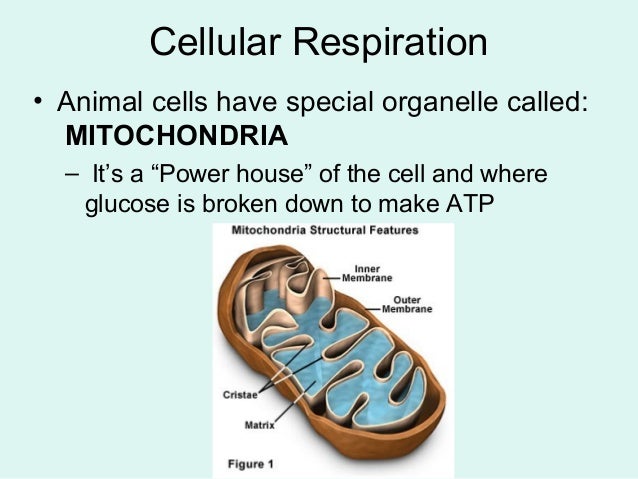Definitions of photosynthesis and respiration
Photosynthesis is a process in photoautotrophs that converts carbon dioxide into organic compounds in the presence of sunlight. Respiration is the set of metabolic reactions that take in cells of living organisms that convert nutrients like sugar into ATP (adenosine tri phosphate) and waste products.
Processes involved
The diagram below shows the relationship between photosynthesis and cellular respiration and the organelles in which they occur.Which statement.
Processes in photosynthesis are divided on basis of requirement of sunlight while respiration processes are divided on basis of requirement of oxygen. Hence in photosynthesis you have the light dependent reactions and the dark reactions while in respiration there is aerobic respiration and anaerobic respiration.
In photosynthesis light dependent reactions, ultra violet light strikes chlorophyll pigments which excites electrons leading to separation of oxygen molecules from carbon dioxide. In the dark reactions, carbon molecules now independent of oxygen are converted into carbohydrates and stored in plant cells as energy and food source. In aerobic cellular respiration oxygen is utilized to convert organic compounds into energy and in anaerobic respiration converts organic compounds into energy without using oxygen.
Site of Reactions
Photosynthesis takes place in the chloroplasts and organelles of a plant cell. Respiration takes place in the cytoplasm and mitochondria in the cell of a living organism.
Godfather 1 full movie. Watch The Godfather Full Movie IN HD Visit:: Spanning the years 1945 to 1955, a chronicle of the fictional Italian-American Corleone crime family.

Reaction kinetics
The electron acceptor in photosynthesis is NAD+ while in respiration the electron acceptor is NADH. In cellular respiration reaction 36 molecules of ATP are produced in complete oxidation of one molecule of glucose.
Video comparing Photosynthesis and Respiration
References
SummaryThe following 10 points summarize photosynthesis. 6CO 2 + 6H 2O + Light Energy → C 6H 12O 6 + 6O 2. Autotrophs store chemical energy in carbohydrate food molecules they build themselves. FAQs.
What is photosynthesis?The process of using the energy in sunlight to make food (glucose). But of course it is much more complex than that simple statement. Photosynthesis is a multistep biochemical pathway that uses the energy in sunlight to fix carbon dioxide, transferring the energy into, and releasing oxygen in the process. What is NADPH?Nicotinamide adenine dinucleotide phosphate, an energy carrier molecule produced in the. NADPH is the reduced form of the electron acceptor NADP +. Cisco packet tracer student.
At the end of the light reactions, the energy from sunlight is transferred to NADP +, producing NADPH. This energy in NADPH is then used in the Calvin cycle. Where do the used in the light reactions come from?The used in the light reactions come from photolysis, the splitting of, in which H 2O molecules are broken into hydrogen ions, and oxygen. In addition, the energy from sunlight is used to pump into the thylakoid lumen during the first electron transport chain, forming a chemiosmotic gradient. How do you distinguish between the Calvin cycle and the Krebs cycle?The Calvin cycle is part of the light-independent reactions of photosynthesis. The Calvin cycle uses ATP and NADPH. The Krebs cycle is part of cellular respiration.
This cycle makes ATP and NAPH. Do photosynthesis and cellular respiration occur at the same time in a plant?Yes. Photosynthesis occurs in the, whereas cellular respiration occurs in. Photosynthesis makes glucose and oxygen, which are then used as the starting products for cellular respiration. Cellular respiration makes carbon dioxide and (and ATP), which are the starting products (together with sunlight) for photosynthesis.
Common Misconceptions. A common student misconception is that plants photosynthesize only during daylight and conduct cellular respiration only at night. Some teaching literature even states this. Though it is true the light reactions can only occur when the sun is out, cellular respiration occurs continuously in plants, not just at night. The “dark reactions” of photosynthesis are a misnomer that often leads students to believe that photosynthetic carbon fixation occurs at night.
This is not true. It is preferable to use the term Calvin cycle or light-independent reactions instead of dark reactions. Though the final product of photosynthesis is glucose, the glucose is conveniently stored as starch. Starch is approximated as (C 6H 10O 5) n, where n is in the thousands.
Starch is formed by the condensation of thousands of glucose molecules. The LibreTexts libraries are and are supported by the Department of Education Open Textbook Pilot Project, the UC Davis Office of the Provost, the UC Davis Library, the California State University Affordable Learning Solutions Program, and Merlot. We also acknowledge previous National Science Foundation support under grant numbers 1246120, 1525057, and 1413739. Unless otherwise noted, LibreTexts content is licensed.
Have questions or comments? For more information contact us at or check out our status page at.
